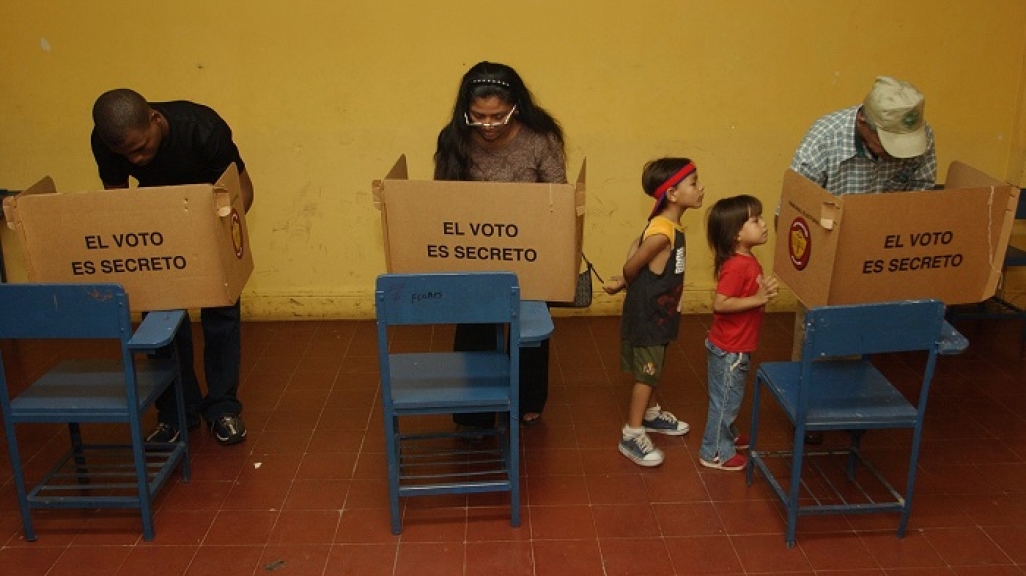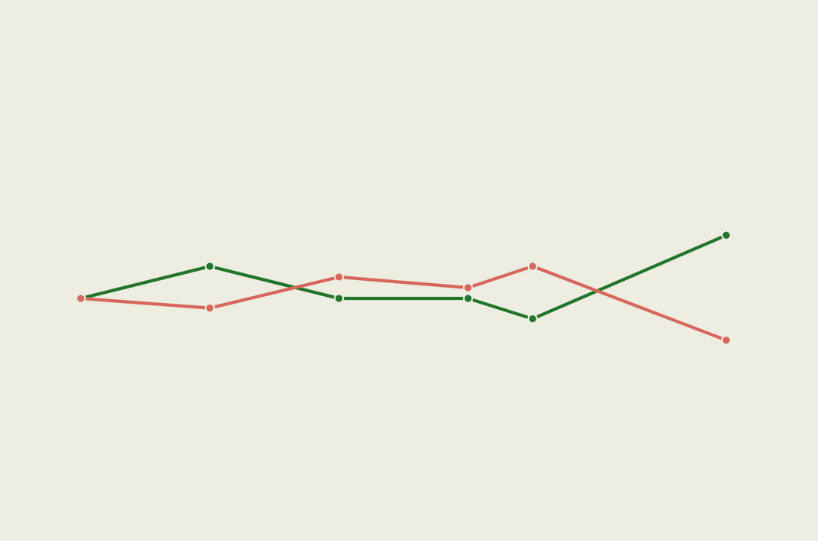Populism Is Coming for Latin America in 2018
Populism Is Coming for Latin America in 2018
Investors and policymakers need to watch the region's election wave, write AS/COA’s Brian Winter and Igarapé Institute’s Robert Muggah for ForeignPolicy.com.
Predicting the future of Latin American politics is never easy. To paraphrase the 19th-century revolutionary Simón Bolívar, it is akin to plowing the sea. But even a casual glance over the political horizon should set alarm bells ringing. There is a real danger that outsiders with a stake in the region — from diplomats to global investors — are sleepwalking into 2018. Next year could herald the most consequential regional political realignment in a generation.
Nearly two out of three Latin Americans will choose a new leader over the next 12 months. Beginning in November, Chile, Paraguay, Colombia, Mexico, and Brazil and will each hold presidential elections (Venezuelans are also scheduled to vote, although Nicolás Maduro’s dictatorship is highly unlikely to allow a free or fair election). There are another eight Latin American elections scheduled in 2019.
There’s just one problem: It’s impossible to know which way these elections are going to go. At the moment, all of these countries feature pragmatic, moderate candidates at or near the top of the polls. Yet there is a real risk of hard populist turns to the right and the left that could radically change policies toward security, trade, the economy, and Latin America’s relationships with the world — including the United States.
In part, that’s because many foreign observers have gotten used to thinking about populism as a crisis Latin Americans have already overcome. The region experienced a leftist revival during the 2000s — a so-called “pink tide” swept in left-wing presidents from Argentina, Bolivia, Brazil, Chile, Ecuador, and Venezuela to Guatemala, Honduras, and Nicaragua. They benefited greatly from a golden era of high commodity prices and relentless Chinese demand for natural resources. The tide started to turn, both politically and economically, once commodity prices began falling in 2011.
Restored to power, the region’s political moderates have produced positive economic results in recent years.
Most of the region’s economies are again growing after six years of crisis. This uptick is admittedly modest — about 1.2 percent expected regional GDP growth in 2017, compared to a projected global average of 3.6 percent. But the sound fiscal policies embraced by several governments have analysts predicting regional growth of around 2 percent in 2018….









